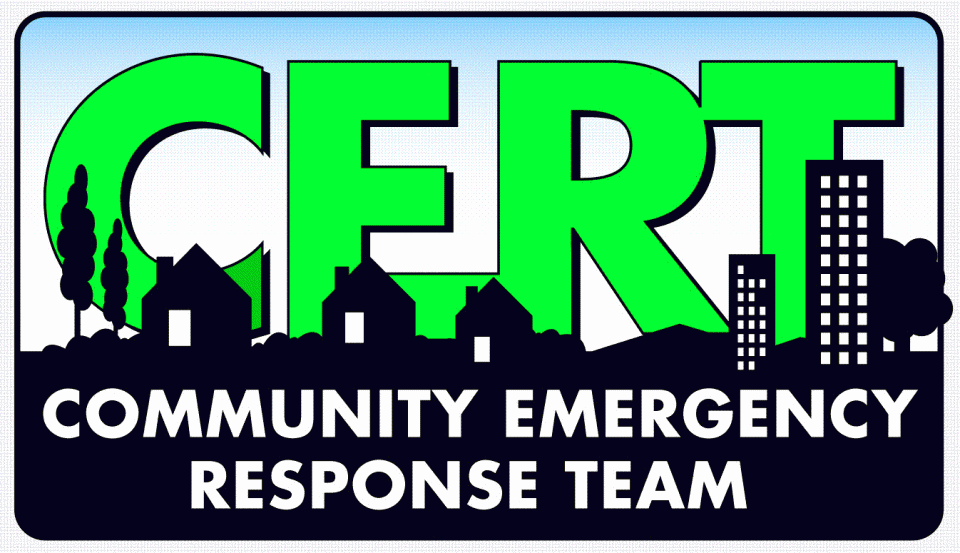Following a major disaster, first responders who provide fire and medical services will not be able to meet the demand for these services. Factors such as number of victims, communications failures, and road blockages will prevent people from accessing emergency services they have come to expect at a moment’s notice. People will have to rely on each other for help in order to meet their immediate life saving and life sustaining needs.
In February of 1985, a group of Los Angeles City officials went to Japan to study their extensive earthquake preparedness plans. The group learned that neighborhoods were trained to form teams and trained in how to respond to devastation that would follow after a major earthquake. Neighborhood teams were trained in either fire suppression, light search and rescue, first aid, and/or evacuation.
In September of that year, a Los Angeles team was sent to Mexico City following an earthquake that killed 10,000 people and injured 30,000. Large groups of spontaneous (non-trained) volunteers performed light search and rescue operations. Those volunteers were credited with more than 800 successful rescues. Unfortunately, more than 100 of these untrained volunteers died during the 15-day rescue operation.
The Los Angeles Fire Department took these “lessons learned” and developed a pilot program to develop, train, and maintain a network of Community Emergency Response Teams (CERT). The training program helps citizens understand their responsibility in preparing for disaster. It also increases their ability to safely help themselves, their families and their neighbors. The CERT Program provides an effective first-response capability by acting as individuals first, then later as a team.

